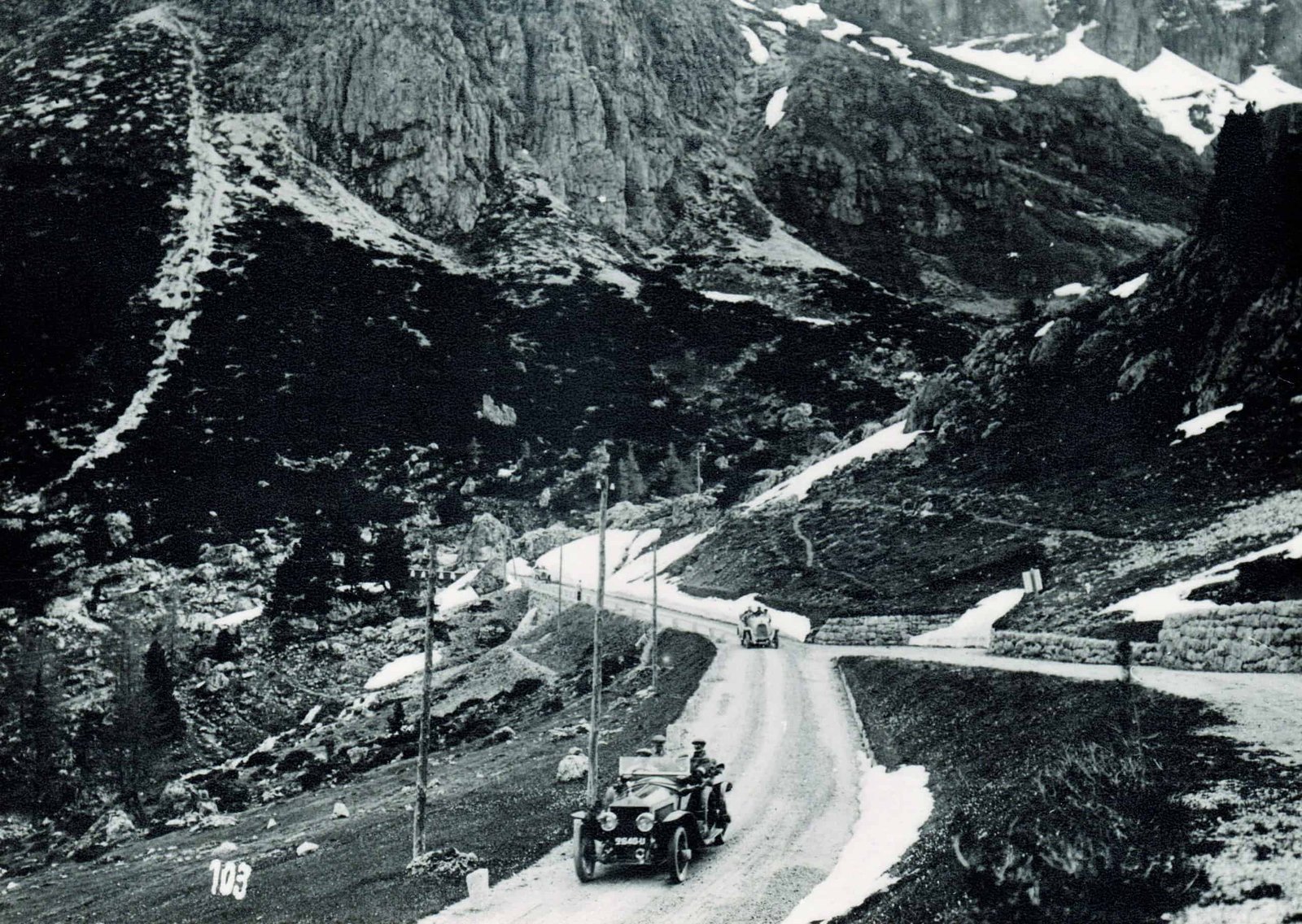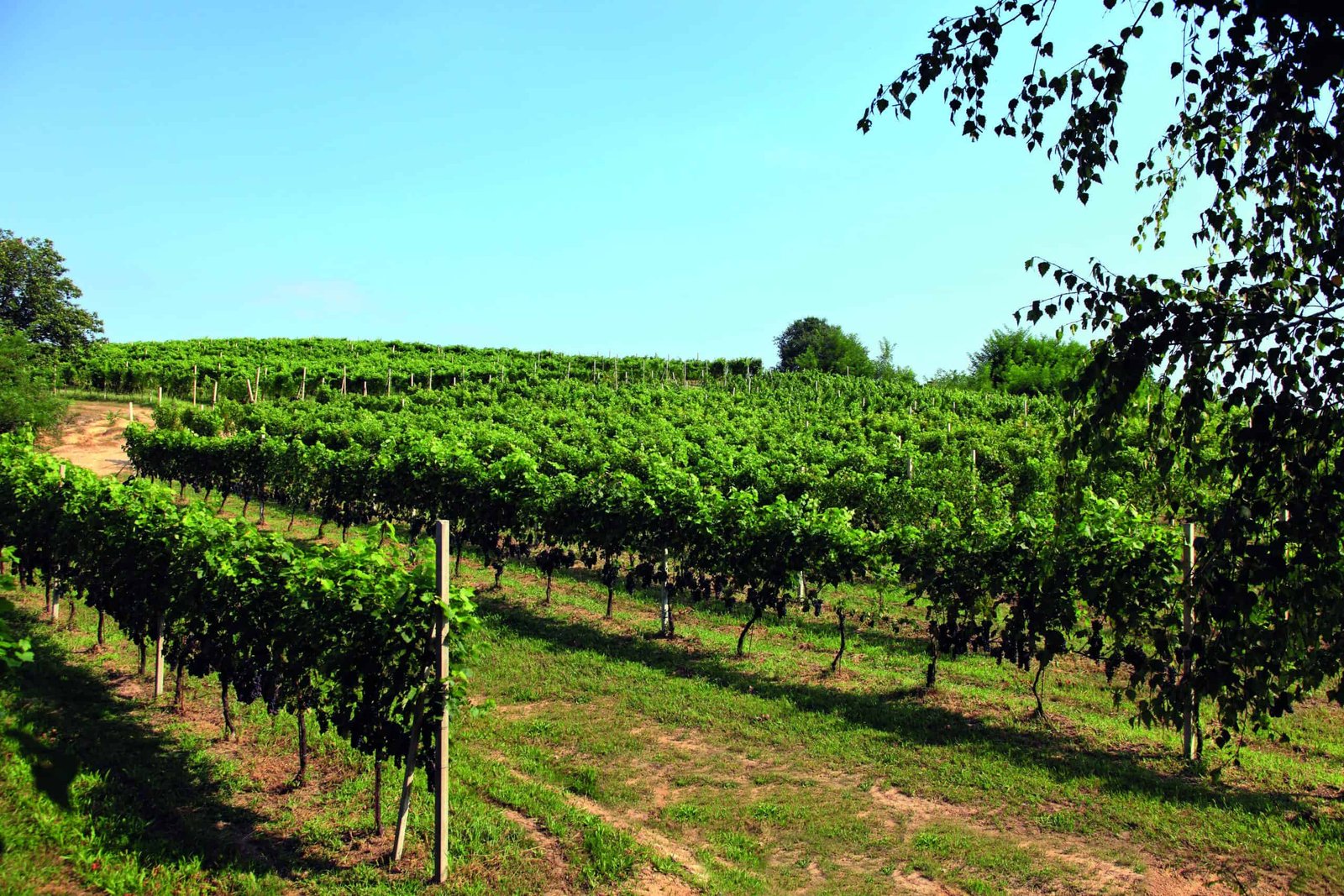Roccia Rossa winery has revived North Piedmont’s Nebbiolo grape to produce elegant wines that represent the region in every glass
“It was all but lost,” says Mariaelisa Ramella, Secretary of Roccia Rossa wines, of Northern Piedmont’s native Nebbiolo grape. “It had been decimated by phylloxera and abandoned after the industrial revolution.” Then Galliano Boscolo, known as Gianni, returned home to the region, “intent on resurrecting a wine from the dead”.
Roccia Rossa takes its name from the landscape it occupies. The name translates as “Red Rock” and comes from the vineyard itself. In the middle is a huge volcanic rock of red porphyry, the soil beneath threaded through with ancient marine sand. There is an underground river that flows down from Monte Rosa nearby and under the sand it is always moist; the land never completely dries.
Gianni’s own story has parallels with that of Roccia Rossa, in that he went back to his roots, having left to became a textile entrepreneur. In 2009, he bought his first vineyard in Villa del Bosco and two years later founded Roccia Rossa. Resuming the cultivation of the Nebbiolo grapes among other varietals and bringing back the winemaking traditions to the region became his mission. The Nebbiolo grape is mostly found in the northern part of Piedmont – according to the winery, “It is the flavour of ancient times.”
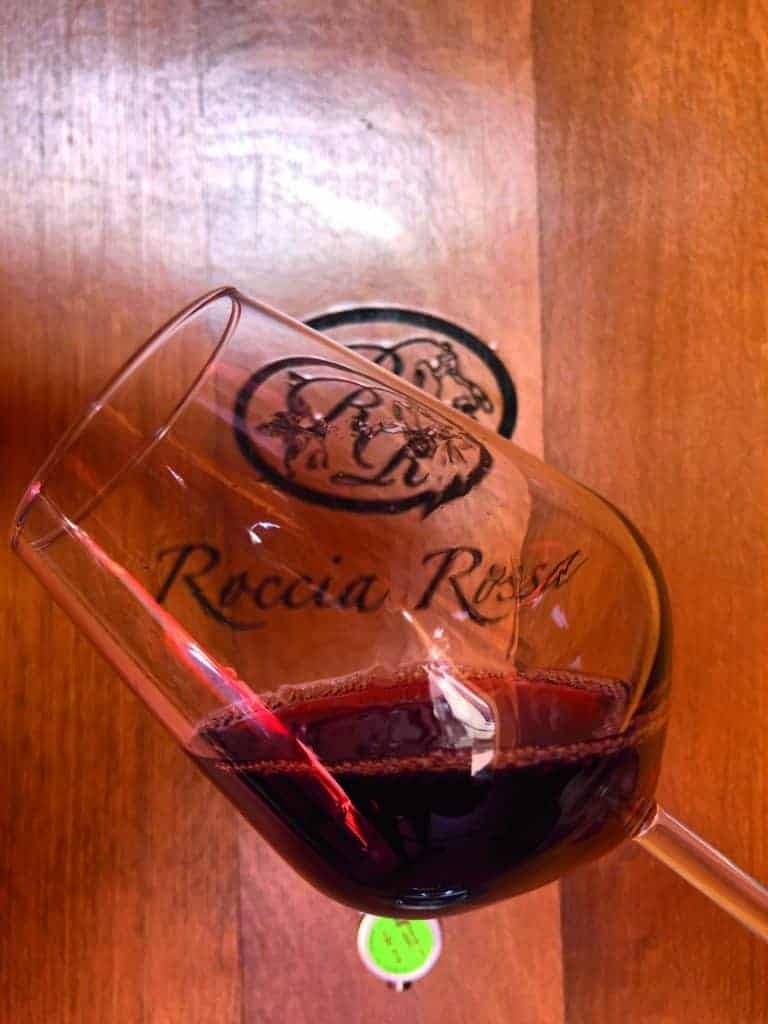

The team takes inspiration from their surroundings. “You can see the mountain from the vineyard,” says Mariaelisa. “When the sun goes down and the snowtops of Monte Rosa become pink, it brings a special feeling.”
The area is, indeed, unique. Northern Piedmont has resisted modernisation, the towns and villages retaining their traditional charm. In a little monastery not far from the winery, there used to be a fresco of a knight escorting a noble lady, and this became Roccia Rossa’s logo. The painting has now disappeared but thanks to the winery the image lives on.
Roccia Rossa’s wines reflect their time and terroir, with Gianni’s vision to protect the land and its vines. The company follows Guyot cultivation, which allows the vines to bring out the minerality of the soil and imbues the wines with a sapid, fresh taste and pleasant floral hints that speak of Northern Piedmont. “Italians outside Italy always search for a traditional Italian wine, something that brings them back home for a while,” says Mariaelisa. “Roccia Rossa does that.”
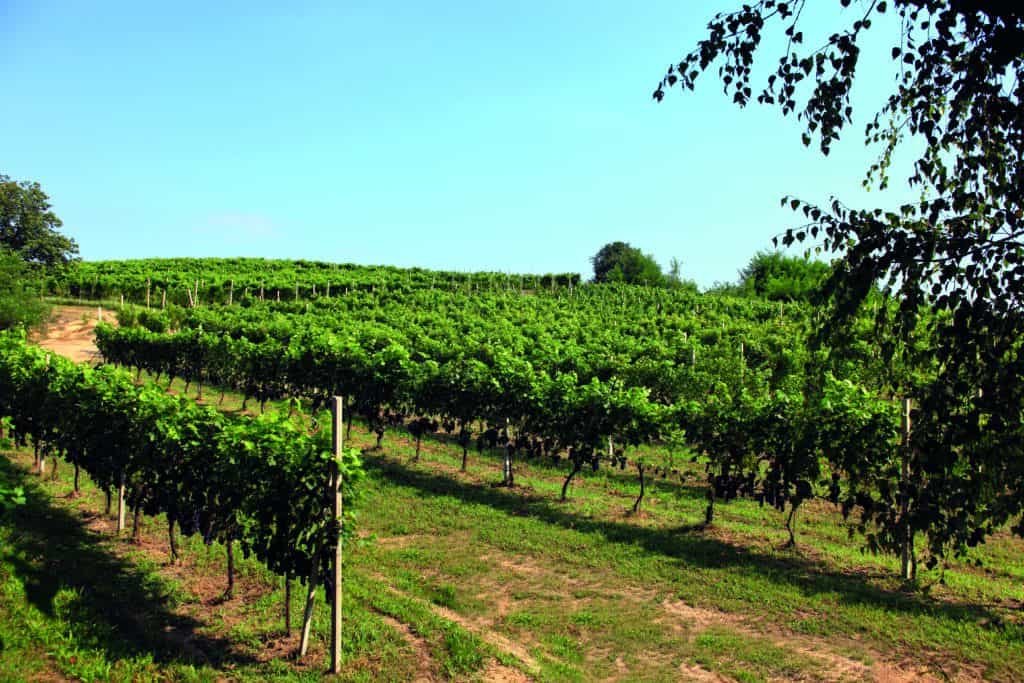
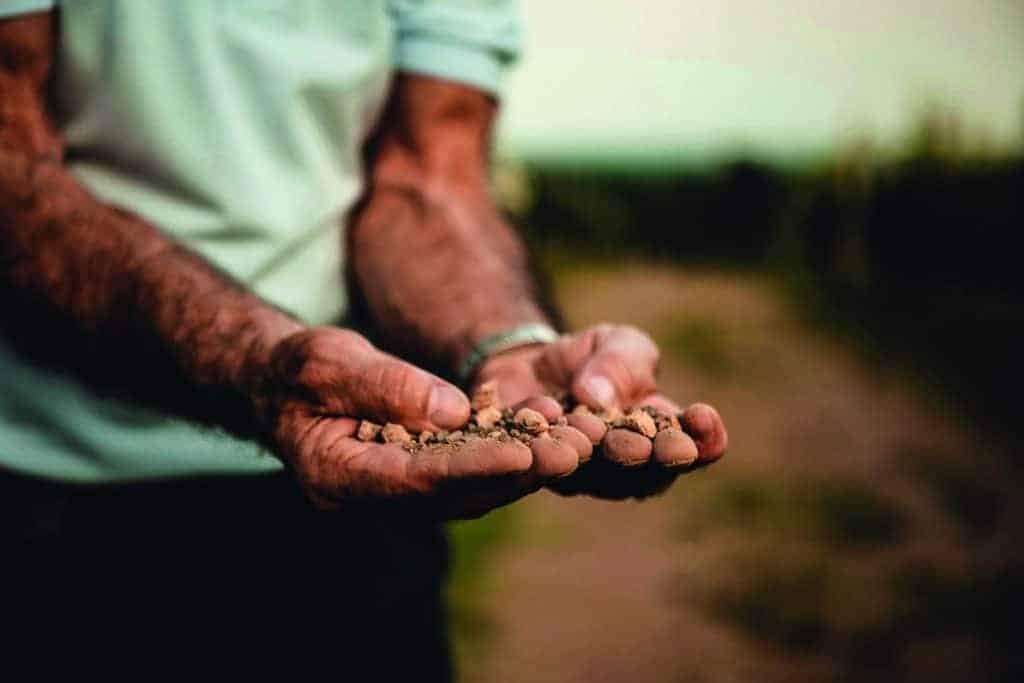
A chance discovery helped create Roccia Rossa’s distinct taste. When the company first took over the property, a cache of mysterious barrels was found in the cellar. Giovanni had them tested by a professional, who was astonished by the flavour compounds they could achieve. These mature casks “have brought something special out in the wines, something that would be impossible to capture otherwise”.
An ethos of hard work has seen Roccia Rossa grow quickly. Gianni likes to be the first one in and the last one out, rolling up his sleeves to take the team out to begin the harvest. “The first day is always so exciting and a happy harvest makes a gorgeous wine,” says Mariaelisa. “Our vineyard is a strange place – rocky soil with beautiful vines thriving on top. It seems magical and this is reflected in the wines.”
When asked which is her favourite bottle, Mariaelisa is confident of her choice: the flagship wine, Bramaterra DOC Riserva. Nebbiolo-based, aged for 36 months in French oak and then 12 months in the bottle, it is Roccia Rossa’s highest interpretation of an elegant Northern Piedmont wine. And “it is unbeatable,” she says.
www.rocciarossa.com










